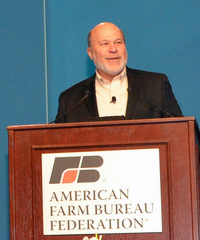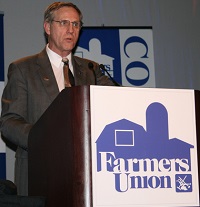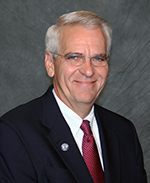 A record corn yield of 532 bu/acre has set a new all-time high in 51 years of the NCGA National Corn Yield contest. Improved seed varieties, advanced production techniques and innovative growing practices helped corn growers achieve ever-higher yields with an additional five national entries surpassing the 400-plus bushel per acre mark.
A record corn yield of 532 bu/acre has set a new all-time high in 51 years of the NCGA National Corn Yield contest. Improved seed varieties, advanced production techniques and innovative growing practices helped corn growers achieve ever-higher yields with an additional five national entries surpassing the 400-plus bushel per acre mark.
“The contest does more than just provide farmers an opportunity for friendly competition; it generates information that shapes future production practices across the industry,” said Brent Hostetler, chairman of NCGA’s Production and Stewardship Action Team. “The techniques contest winners first develop grow into broad advances that help farmers across the country excel in a variety of situations. Our contest emphasizes how innovation, from growers and technology providers alike, enables us to meet the growing demand for food, feed, fuel and fiber.”
The 18 winners in six production categories had verified yields averaging more than 386.4 bushels per acre, compared to the projected national average of 169.3 bushels per acre in 2015. While there is no overall contest winner, yields from first, second and third place farmers overall production categories topped out at 532.0271.
This record was set by David Hula of Charles City, VA.
For more than half of a century, NCGA’s National Corn Yield Contest has provided corn growers the opportunity to compete with their colleagues to grow the most corn per acre, helping feed and fuel the world. This has given participants not only the recognition they deserved, but the opportunity to learn from their peers.
Winners receive national recognition in publications such as the NCYC Corn Yield Guide, as well as cash trips or other awards from participating sponsoring seed, chemical and crop protection companies. In New Orleans, during the 2016 Commodity Classic, winners will be honored during the NCGA Awards Banquet and the NCYC State Winners Breakfast.
Please visit National Corn Growers Association website www.ncga.com for the complete list of National and State winners. National winners will be announced at 9 a.m. CST, and State winners will be announced at 10 a.m. CST.









